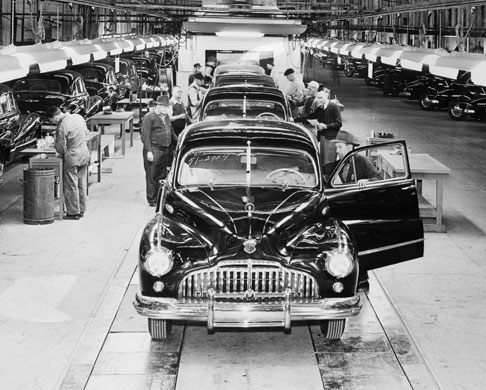
Nearly five years ago I wrote this article, but I think it is worth dredging it up out of the archives because there is such misunderstanding out there about what business model innovation is. This article highlights some of the misconceptions people have about what business model innovation truly is and looks quickly at a couple of more appropriate examples of business model innovation. But of course I’d love to hear your thoughts in the comments, including your favorite business model innovation examples.
Here’s the article from 2007:
I came across an article on BusinessWeek.com that I just have to write about because it asserts that GM has achieved a business model innovation by shunting its retiree medical obligations onto the Union (and getting away with only contributing 70% of the outstanding obligations to the fund).
This is not a business model innovation, but purely a negotiation outcome and nothing that will give GM any sustainable competitive advantage. Ford and Chrysler will end up doing the same thing and the parity of competition amongst US manufacturers will be restored. A business model innovation is Southwest Airlines establishing a new airline focused on providing low fare point to point air travel instead of creating another airline based on a hub and spoke model, or Saturn selling their cars for a fixed price, not GM pushing obligations off their balance sheet.
GM is not losing in the automobile industry because of health care costs for retirees. They are losing because their operations result in cars that less and less people want to buy. GM needs to stop complaining about peripheral issues and trying to be like Toyota and instead focus on how they can be better than Toyota.
When workers come back on the job, nothing will have changed in their business, the business of designing, manufacturing and selling cars. If anything the workers are going to come back to work feeling like they have just given even more away to the corporation, just so that the CEO’s balance sheet look better. This is not a business model innovation. The Big Three will not avoid the inevitable by simply squeezing their union workforce, they need to design and manufacture better cars. This deal with the unions may slow the inevitable, but not avoid it. Toyota is passing GM, the Korean manufacturers are quickly improving their quality, and the Chinese will begin entering the US market in the next few years. One of the Big Three will go out of business in the next ten years. The real question is which one?
![]() Sign up here to get Human-Centered Change & Innovation Weekly delivered to your inbox every week.
Sign up here to get Human-Centered Change & Innovation Weekly delivered to your inbox every week.
